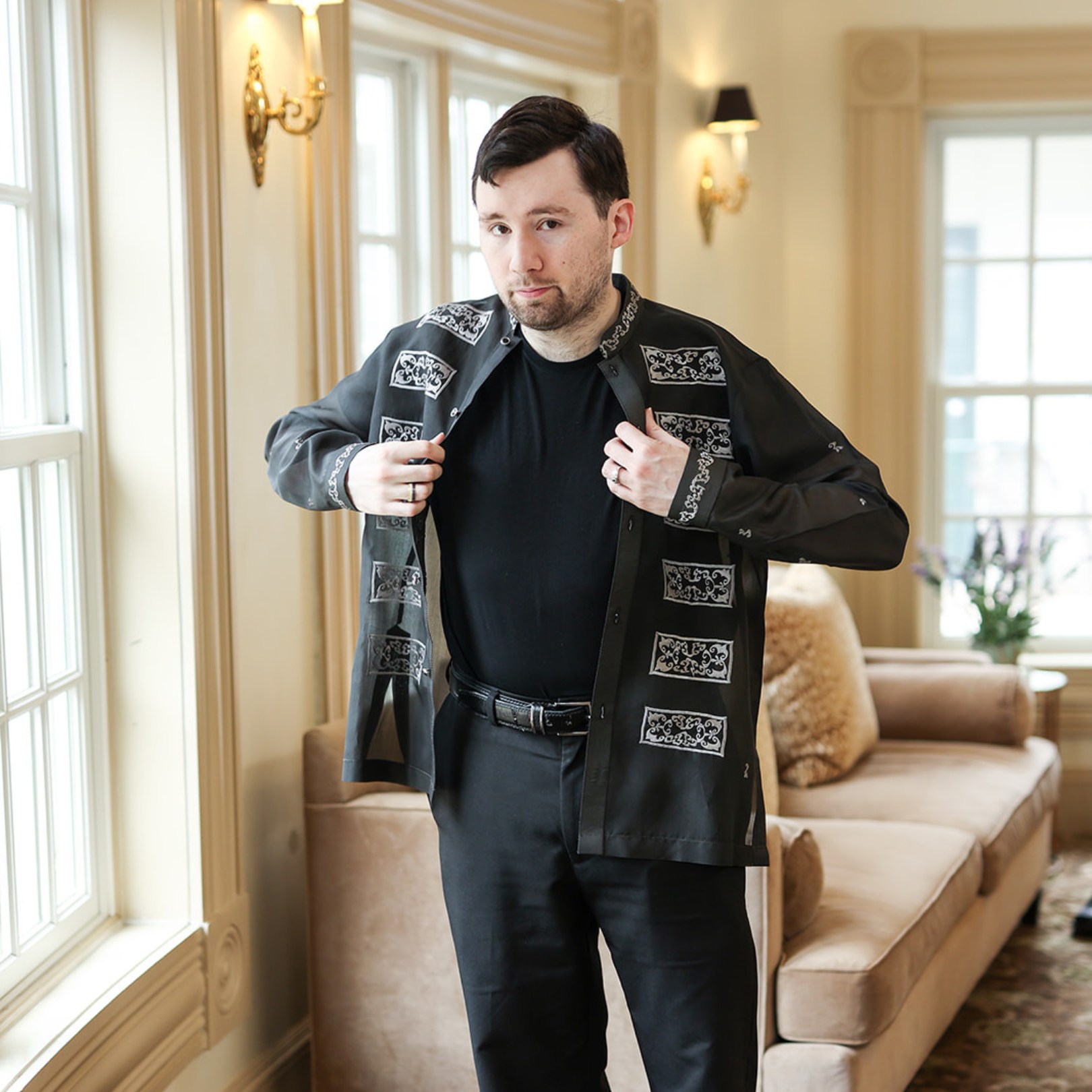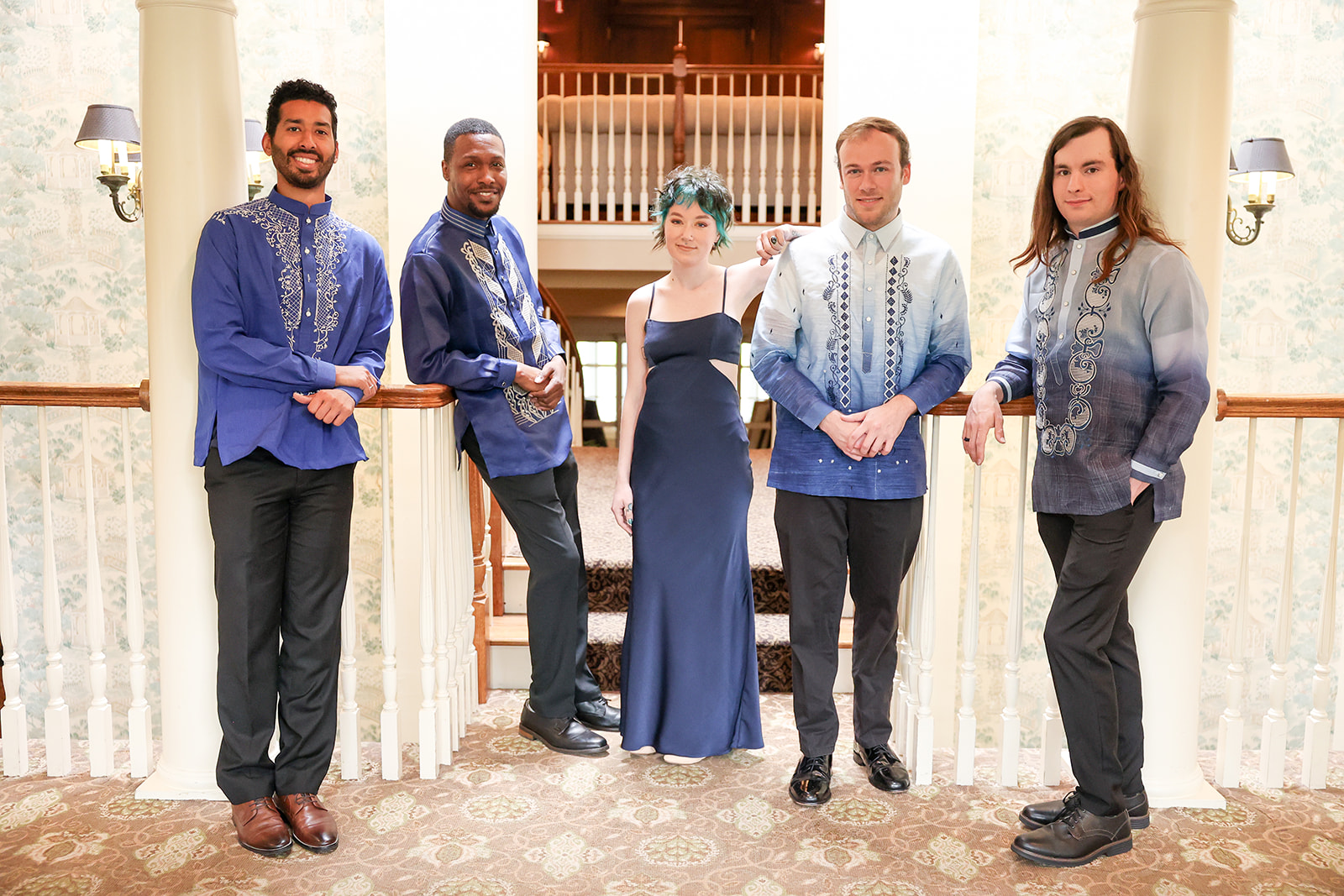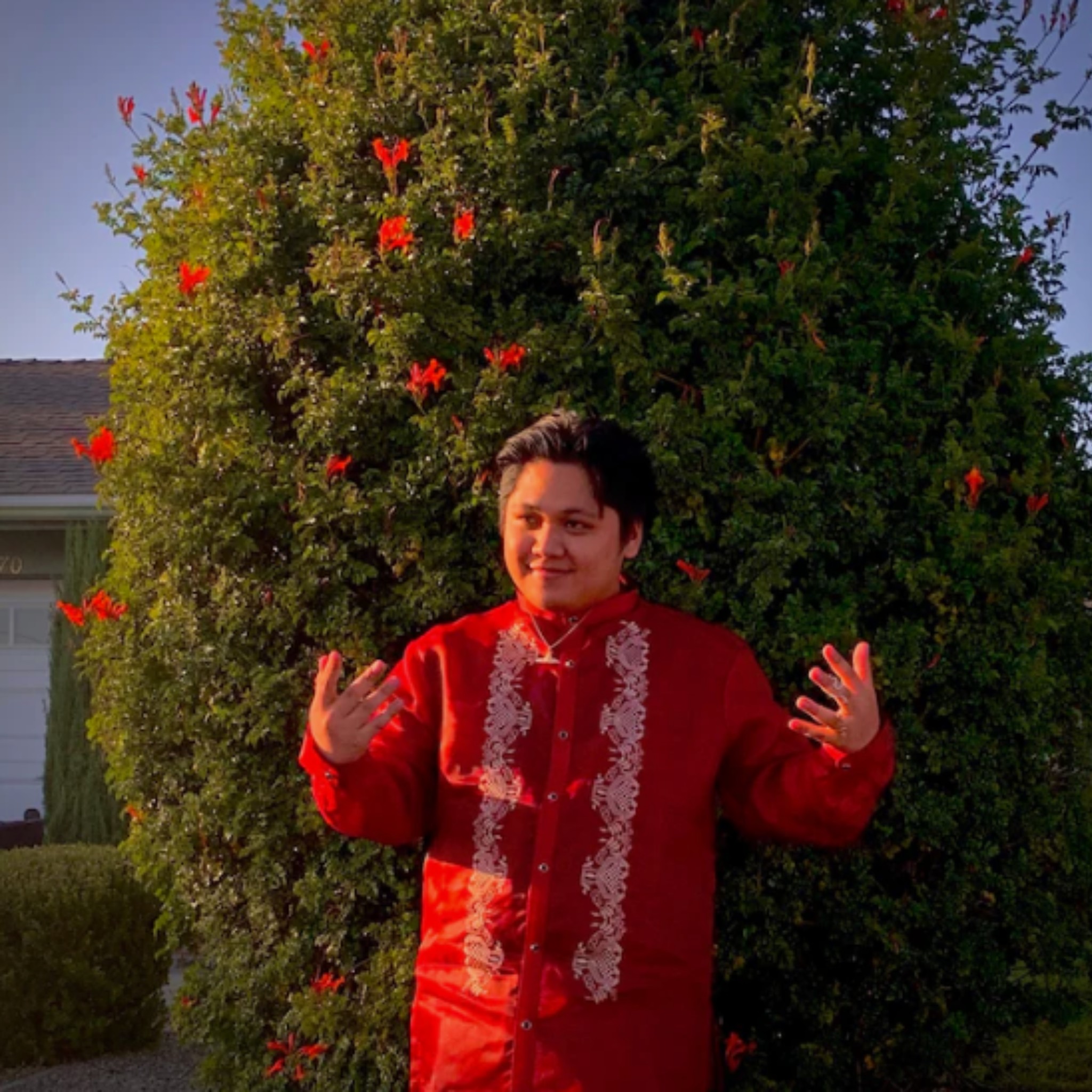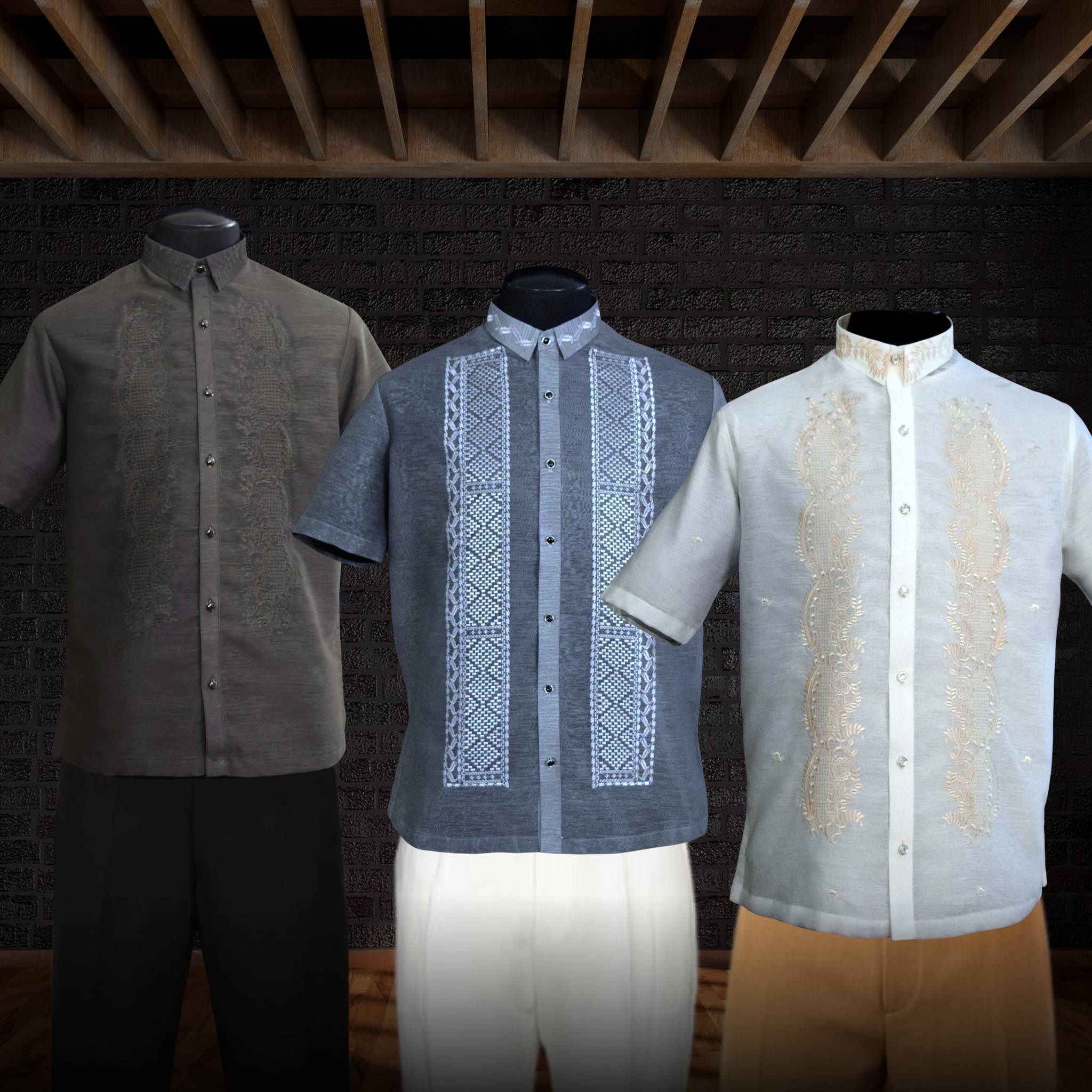Exploring the Significance of the Colored Barong Tagalog in Filipino Culture
The Barong Tagalog, a formal and traditional Filipino garment, has a rich cultural history that dates back centuries. While the classic barong is often seen in natural, ivory, or beige hues, colored Barong Tagalog variations are gaining popularity, adding fresh symbolism and modern significance. Each color reflects unique meanings and is often chosen based on the occasion, personality, or desired impact, further enhancing the barong’s role as a symbol of Filipino pride and heritage.
Here’s a closer look at the significance of various colors in the Barong Tagalog:
1. Traditional Ivory or Beige
- Meaning: Ivory and beige are the most traditional colors for the barong, symbolizing elegance, simplicity, and respect. These colors are widely used for formal events and important ceremonies, including weddings and state events.
- Occasion: The classic ivory barong remains a top choice for weddings, christenings, and formal events, as it embodies grace and timelessness.
2. Black Barong Tagalog
- Meaning: Black, often viewed as a Western influence, adds a contemporary edge to the traditional garment. It signifies sophistication, authority, and formality and has become popular for evening events and occasions that call for a more modern look.
- Occasion: Black barongs are increasingly worn at galas, formal dinners, and nighttime events, providing a polished yet bold alternative to the traditional barong.
3. Blue Barong Tagalog
- Meaning: Blue tones, especially in lighter shades, represent calm, peace, and openness. In Filipino culture, blue is often associated with freedom and resilience.
- Occasion: Light blue barongs may be worn at informal gatherings or daytime events, while darker blue hues lend a sophisticated look for semi-formal gatherings and celebrations.
4. Red Barong Tagalog
- Meaning: Red symbolizes courage, strength, and passion in Filipino culture. Red barongs are bold and can make a powerful statement, often used to signify celebration and energy.
- Occasion: They are suitable for vibrant festivities, parties, and sometimes weddings, especially when the wearer wants to make a lively impression.
5. Green Barong Tagalog
- Meaning: Green represents growth, prosperity, and nature. It conveys a fresh, peaceful vibe, often aligning with a desire for harmony and balance.
- Occasion: Green barongs are perfect for garden events, outdoor ceremonies, or gatherings where a relaxed and rejuvenated atmosphere is desired.
6. Gray or Silver Barong Tagalog
- Meaning: Gray and silver tones are associated with maturity, wisdom, and stability. These colors are understated yet elegant, symbolizing formality with a modern touch.
- Occasion: Gray and silver barongs are fitting for formal events, professional gatherings, and sometimes for older individuals who wish for a more subdued look.
7. Multicolored or Embroidered Barong Tagalog
- Meaning: Barongs with multiple colors or intricate embroidery are often customized to reflect individual personality or family heritage. They celebrate diversity and the richness of Filipino tradition.
- Occasion: These unique barongs are ideal for cultural events, family reunions, and celebrations where individuals wish to showcase both their personal and cultural identity.
Conclusion
The evolution of colored Barong Tagalog garments illustrates the versatility and adaptability of Filipino tradition. While the classic ivory barong still holds a special place in Filipino culture, colored barongs reflect a progressive approach that embraces individuality and diversity. By choosing colors that resonate with personal or symbolic meaning, Filipinos continue to honor their heritage while embracing modern expressions of identity and style.







Comments
Post a Comment